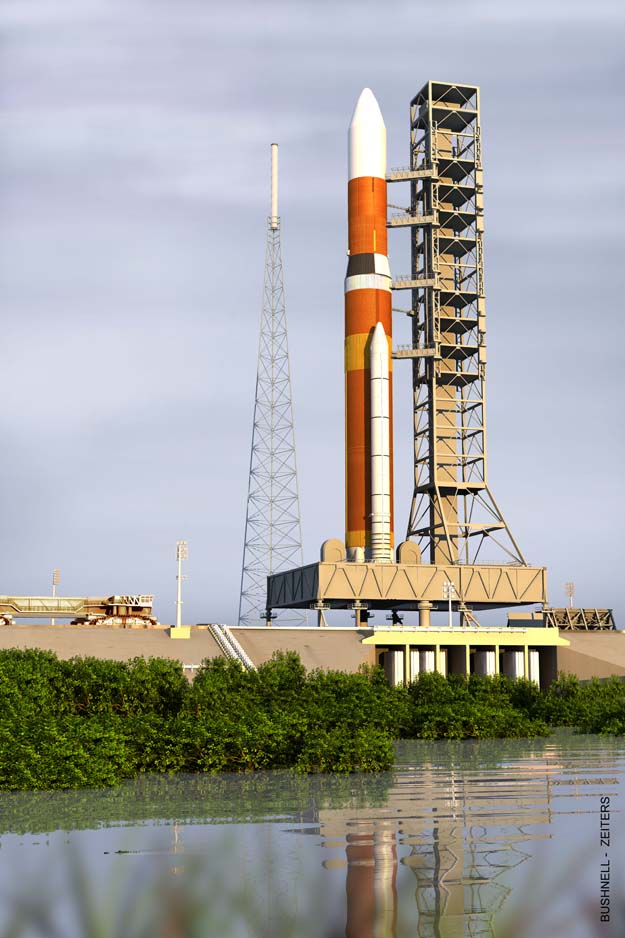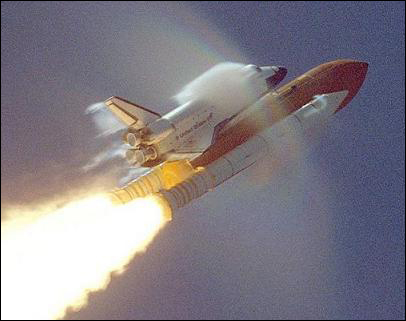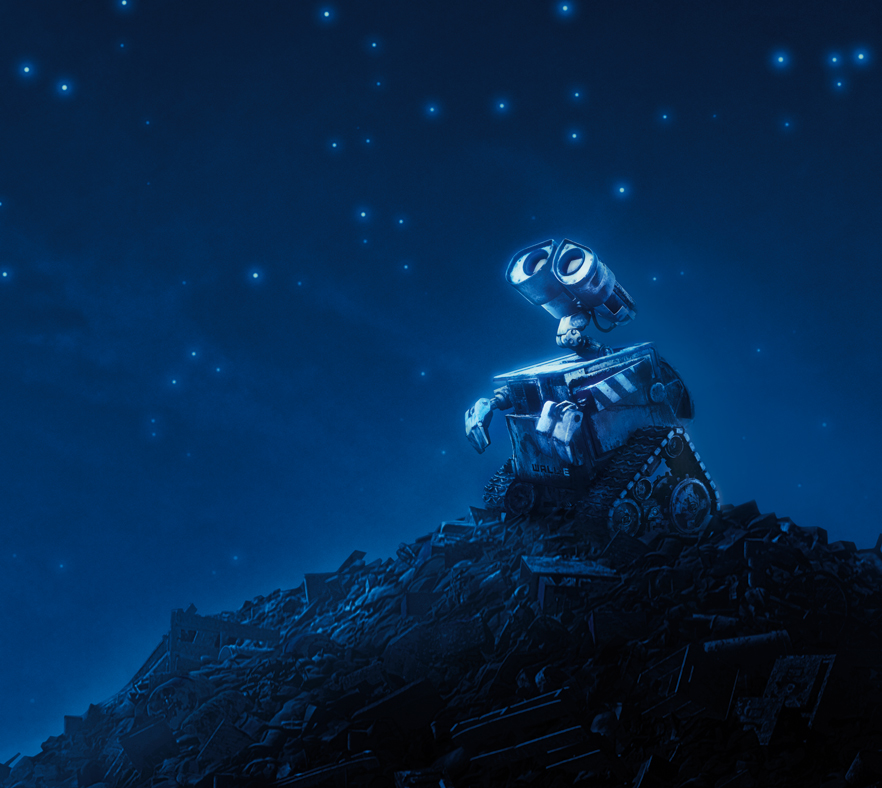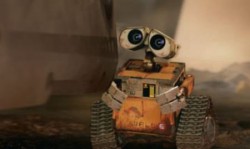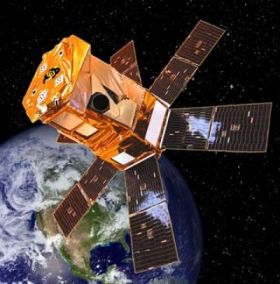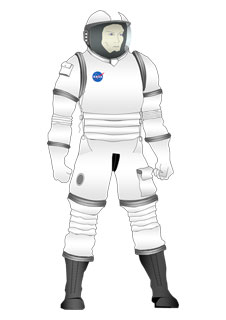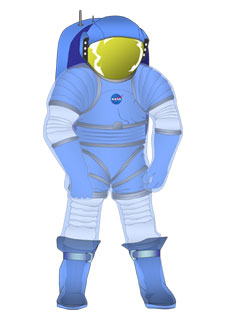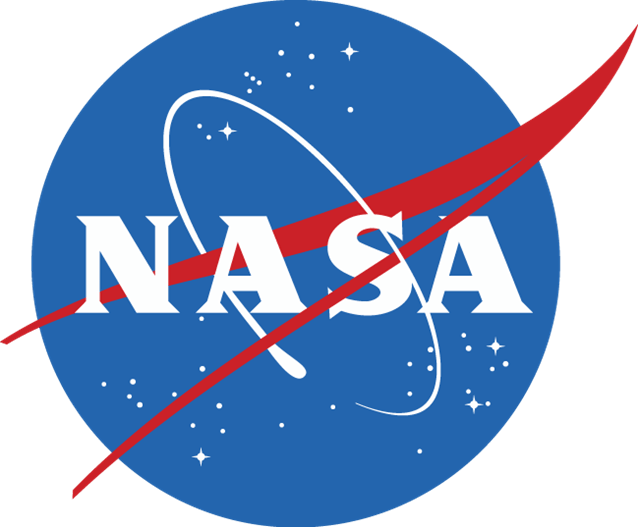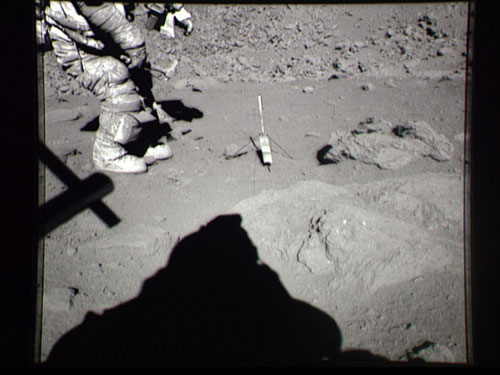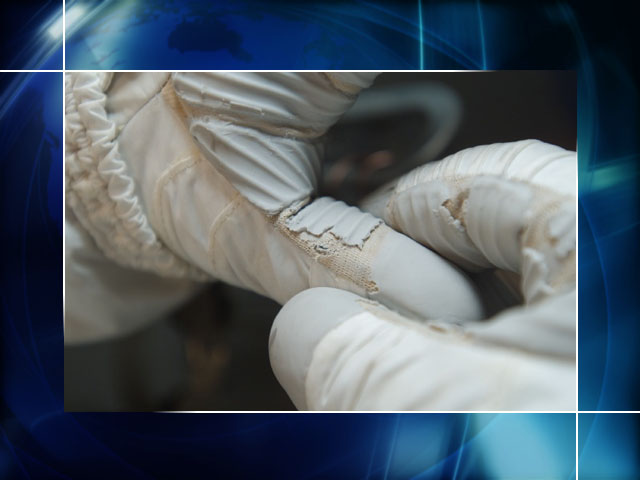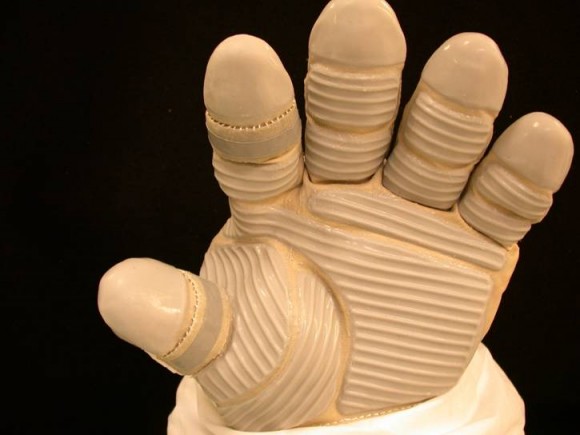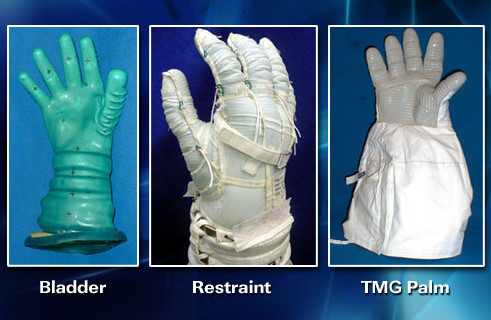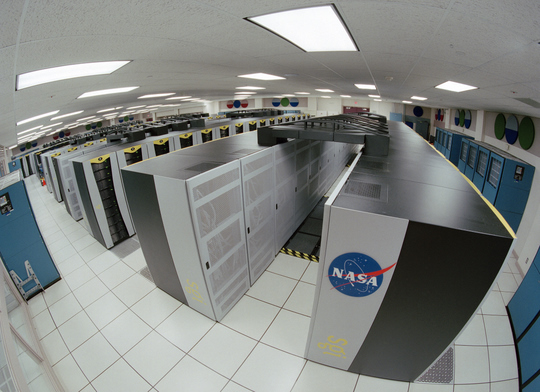NASA announced on Wednesday that the original Constellation project’s principle rocket, the Ares V, will need to be designed to carry a larger payload for manned missions to the Moon by the year 2020. This means the original concept will need to have a length extension of 20 feet (6 metres) and will need to use six main engines at its base, rather than the current five. This upgrade will be capable of sending far more instrumentation into space, an extra 15,600 lb (7,000 kg, or the equivalent mass of a male African elephant)…
When the Shuttle is retired in 2010, there is going to be a five-year gap before the Constellation Program prepares its first Ares launch. There can therefore be little room for setbacks in the design phase of the Ares rocket system as there are already concerns for the US dependence on Russia to provide access to space between 2010 and 2015.
In a move to make the heavy-lift vehicle more robust (predicting an increased launch thrust requirement) to send four astronauts, a lunar lander plus supplies, NASA has announced the Ares V rocket will be “beefed up” to cater for our future needs to get man back to the Moon. This huge vehicle is now designed to carry payloads of over 156,600 lb (71,000 kg), some 15,600 lb (or 10%) more than the original concept. Ares V was originally designed to be approximately the same length as the original Saturn V lunar rocket (361 feet or 110 metres long), but to accommodate an extra booster engine and extra payload volume, Ares V will be 381 feet (116 metres) long. That’s the height of a 38-story building. This increased capability will obviously be of huge benefit to the future lunar and Mars missions.
These design alterations were announced after a nine-month study to investigate whether NASA could succeed in its goal to be ready for a return mission to the Moon in 2020, and a manned mission to Mars afterwards. Constellation program manager Jeff Hanley is upbeat about the study’s findings. “This extensive review proves we are ready for the next phase: taking these concepts and moving forward,” he said.
The Constellation Program will use a two-step method for getting man and machine into space. The Ares V will launch heavy payloads, using its superior power, whilst the smaller Ares I will be used as a general low-mass/manned transit vehicle. For large missions, both Ares V and Ares I launch vehicles will be used, allowing astronauts to dock with their equipment in space before travelling to the Moon and beyond.
All I know is, whether Constellation is completed on time or not, I’ll be at the launch to watch the awesome Ares V lift off from Cape Canaveral…
Source: Space.com

